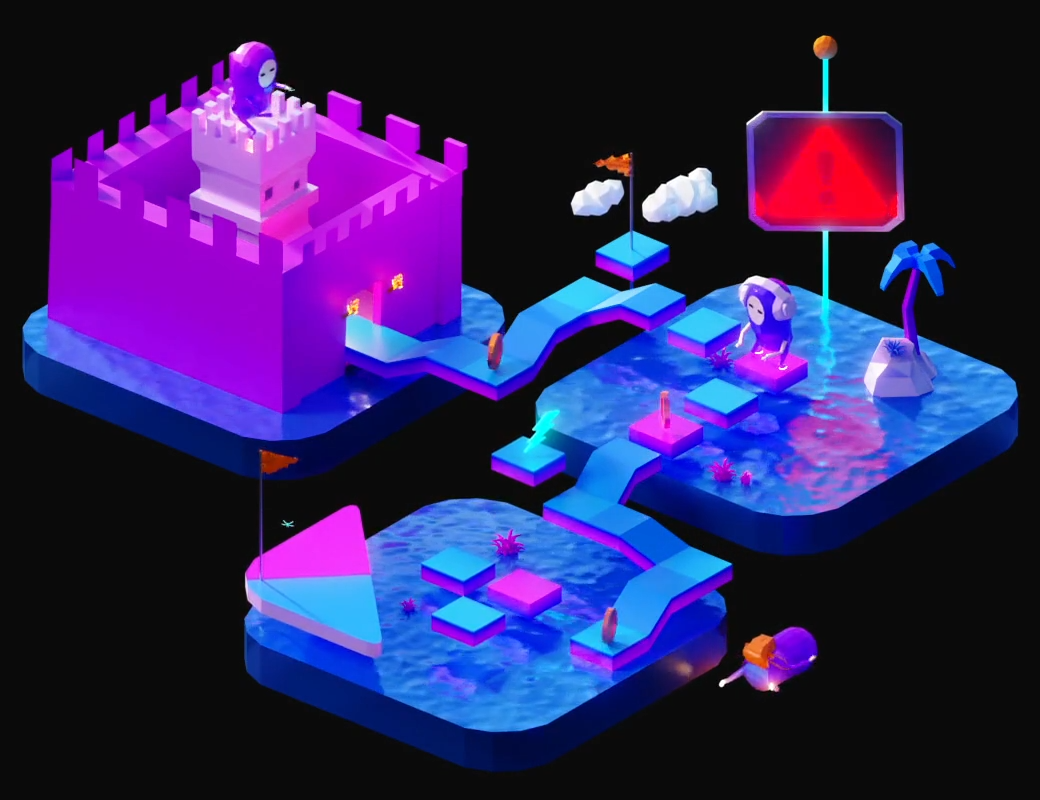The gaming industry has always strived to deliver captivating user experiences, but a transformative shift is underway. Today, developers and publishers are embracing game design that relies on more content, driven by the ever-growing demand for immersive experiences and intricately diverse narratives.
The incorporation of more content promises thrilling opportunities and numerous benefits, but navigating this new era comes with unique challenges. Let’s explore how the gaming industry is evolving and examine both the advantages and challenges a content-driven focus will encounter along the way.
Advantages of Incorporating More Content
- Enhanced Player Engagement: Gamers are drawn to rich and expansive worlds that are brimming with activities, quests, and storylines. These adventures allow players to fully immerse themselves in elaborate settings, ultimately fostering heightened engagement and building passionate, committed communities.
- Diverse Storytelling Opportunities: Aside from entertainment, content empowers gaming to become a platform for impactful narratives. Games can be an outlet for immersive storytelling and can address complex themes that present players with meaningful choices—creating a personalized experience for everyone.
- Monetization and Extended Lifespan: From a business perspective, content is not only enriching gameplay—it is also strategic. Incorporating additional content provides new monetization opportunities. Live services such as expansion packs, story content, and seasonal specials provide sustainable revenue streams that significantly extend a game’s lifespan and profitability, while also entertaining players.
- Technological Advancements: The evolution of gaming technology enables developers to build detailed worlds. From the pixelated backgrounds of Super Mario World to the detailed open worlds of Red Dead Redemption 2, powerful hardware and sophisticated engines unlock creators’ potential to create more sophisticated and complicated games.
Challenges of Incorporating More Content
- Development Time and Costs: More content can mean longer development cycles, or even continuous development in the context of live operations, thus increasing production costs. It is difficult but crucial to weigh ambition and reasonable capacity to avoid financial strain and delayed releases.
- Maintaining Quality and Consistency: As the volume of content increases, so does the risk of inconsistency. Maintaining a cohesive world design, testing each element, and ensuring each aspect meets quality standards requires detailed planning and uncompromising quality assurance.
- Player Fatigue and Choice Overload: While an abundance of choices is exciting, it can also be overwhelming. If content is not curated thoughtfully, too much of it can lead to player fatigue and intimidation. Striking the right balance between variety and intentionality is important to prevent players from feeling lost in a sea of options.
- Technical Constraints: Integrating vast amounts of content can present technical challenges such as compatibility issues, performance bottlenecks, and storage limitations.
Stepping towards content-driven gaming is an exciting evolution, but it is not just going to happen overnight. An intricate content-driven gaming world is best created by collaboration between developers, publishers, and technology providers. That creation can be done only if content has efficient production processes, robust quality assurance and player-centric delivery.
The cornerstone of successful content-driven games lies in streamlined production processes, rigorous quality assurance (QA), and player-centric delivery. While live services offer exciting opportunities for monetization and ongoing development, achieving this balance requires a focus on efficient content creation, thorough testing, and experiences that prioritize player enjoyment.






